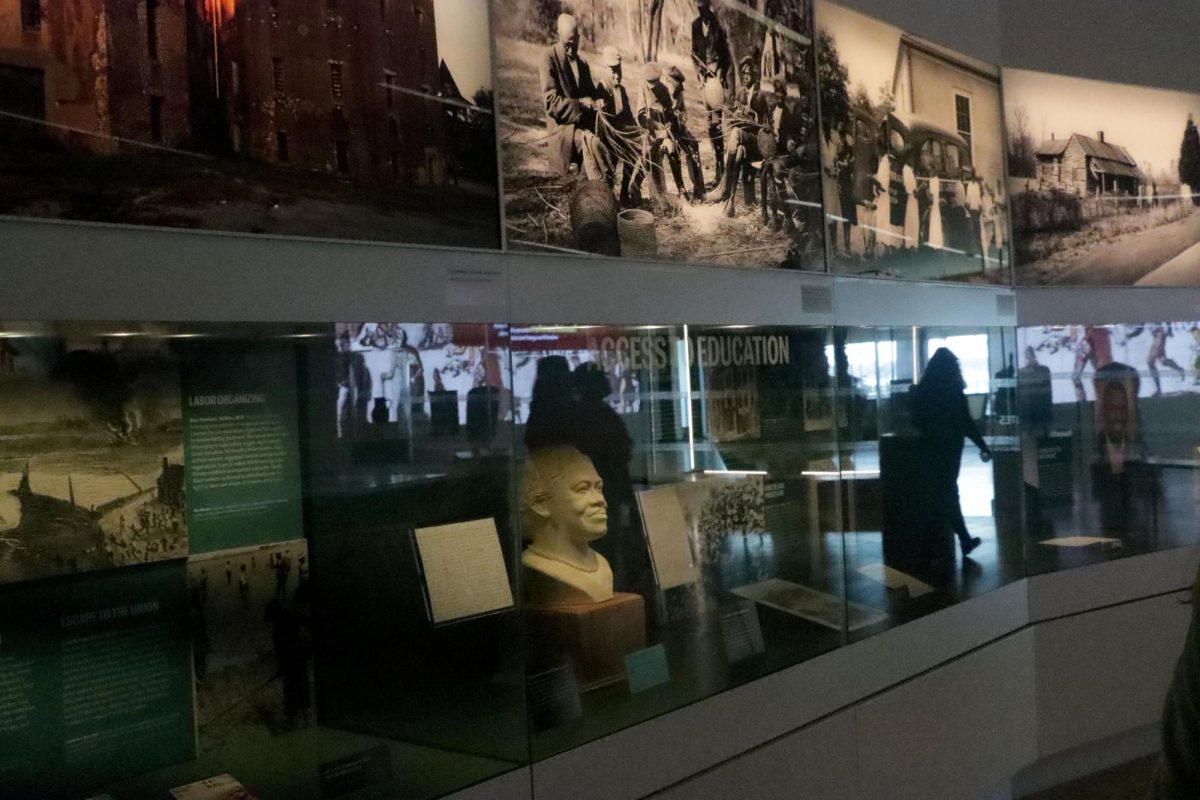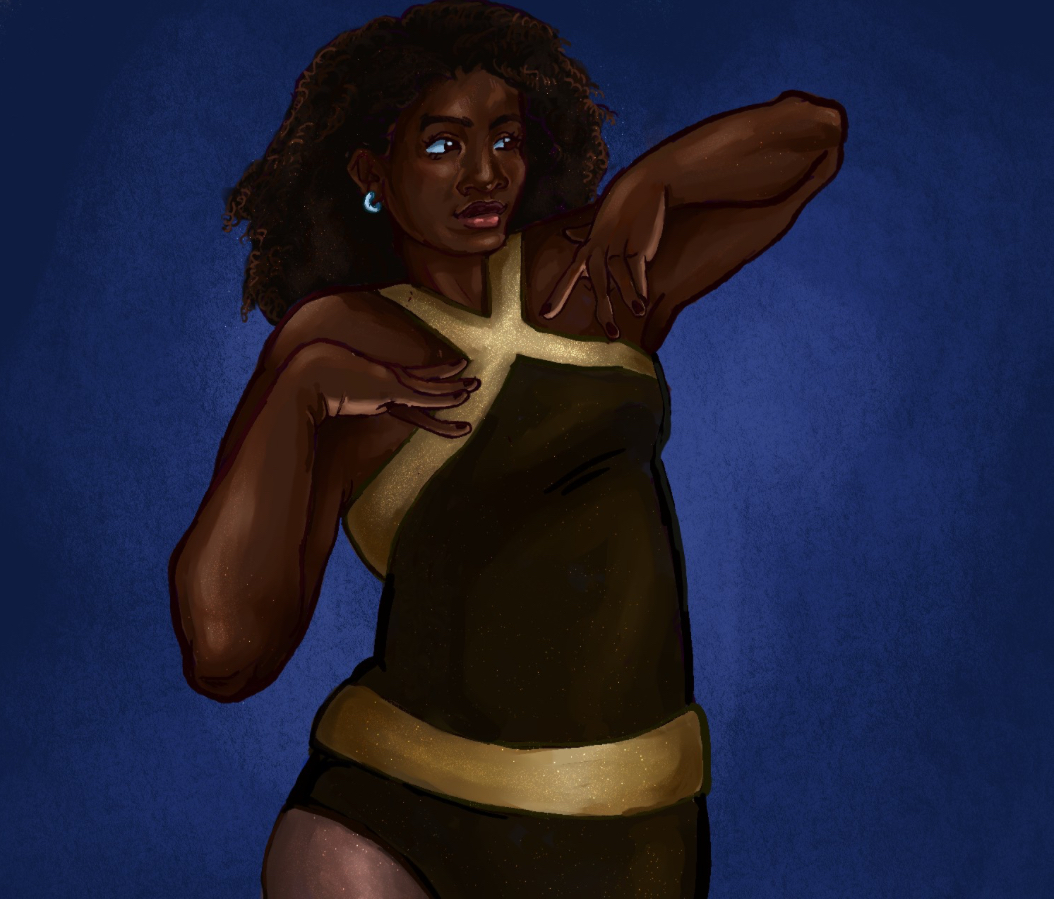Before arriving at the International African American Museum, I was excited to write about all the informative facts I learned about African American history. I expected to walk away filled with emotions and knowledge and ready to share a story celebrating African Americans’ strength, history, and achievements. But what I experienced was something quite different.
To be clear, there were some powerful and informative parts of the museum. I learned that “Africans and African descendants in the Atlantic World shaped South Carolina’s history. Africans arrived in what became Carolina with Spanish and French settlers in the 1500s. By the 1700s, the British settlement of Charles Town (later Charleston) became North America’s most active port in the Transatlantic slave trade. Captives forced from Africa and the Caribbean, and generations of African descendants, formed a Black majority population in South Carolina after 1708, a population that influenced culture, leadership, activism, and knowledge for centuries.”
Another memorable exhibit explained the importance of praise houses, simple frame structures built by enslaved people on the Sea Islands. These spaces were used for worship, weddings, funerals, and community meetings. Even after emancipation, they became centers for education and connection.
There were also tributes to African Americans who have made lasting impacts, such as actor Chadwick Boseman and craftsman Samuel Moultrie. Those moments were meaningful but scattered, and that was the problem.
As much as I wanted to love the museum, I couldn’t ignore the fact that something felt off. I found myself comparing it to my visit to the United States Holocaust Memorial Museum, which left a much deeper emotional impression. The Holocaust Museum told a clear, powerful, and connected story. It guided visitors from the beginning of the Holocaust through to its end. The exhibits weren’t just informative; they were emotional, engaging, and designed with intention. One room held photos of Jewish families affected by the Holocaust; another let you sit and listen to survivor testimonies. Even the lighting and atmosphere in each room matched the tone of the content; it felt like you were stepping into the weight of history.
Unfortunately, the African American History Museum lacked that same storytelling power. The exhibits felt spaced out and disconnected. There wasn’t a strong sense of narrative tying everything together. And most importantly, the story of slavery, arguably the foundation of African American history, was not told with the depth or honesty it deserves. It felt like the museum tried to sugarcoat parts of the story, avoiding the harsh realities in an effort to keep things more appealing.
The tone of the museum also missed the mark. The bright colors and plain white walls made many rooms feel more like an art gallery than a tribute to centuries of struggle, resistance, and achievement. For example, the exhibit on the Middle Passage was simply white text on a black wall, no imagery, no emotional context, no storytelling. It was underwhelming and failed to reflect the horror of that experience.
In the end, the museum lacked emotional depth, clarity, and identity. It had potential, it had the facts, the names, and moments. But it didn’t tell a full story. And for a museum dedicated to honoring the history and legacy of African Americans, that’s a serious problem. Overall, I’d sum up my visit in one word: underwhelming. I walked in expecting to be moved. I walked out still searching for the story that wasn’t told.










